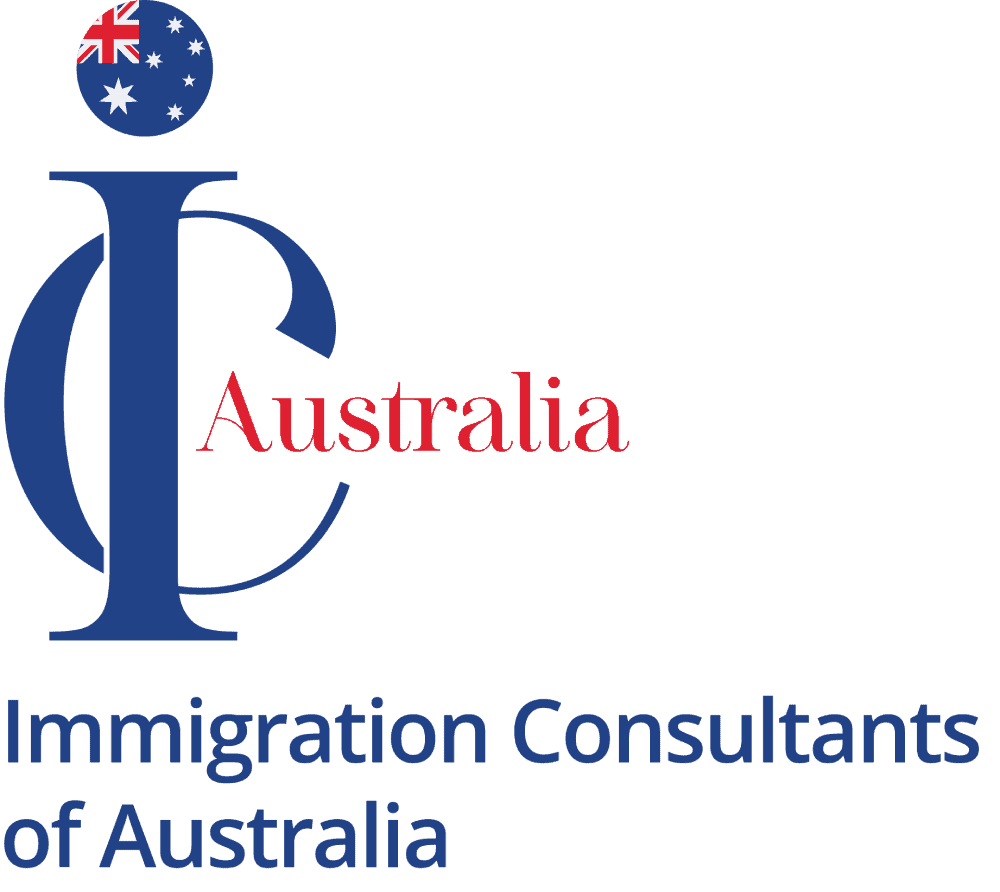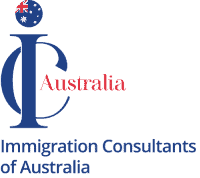Transitioning from Temporary to Permanent Residency in Australia isn’t automatic — it requires planning, eligibility, and expert advice. The good news? With the right pathway, your dream of staying in Australia long-term can easily become reality.
If you’re living and working in Australia on a temporary visa, you’ve likely started imagining a more permanent life here — maybe buying a house, settling into your career, or even starting a family. But to make that happen, you’ll need a clear strategy.
Why Permanent Residency Matters
Becoming a permanent resident (PR) unlocks opportunities that temporary visa holders simply don’t have.
You’ll gain:
The right to live, work, and study in Australia indefinitely
Access to Medicare and social security benefits
Easier re-entry travel rights
A clear route toward Australian citizenship
Permanent residency gives you security, belonging, and the freedom to build a future without limits.
Pathways to Permanent Residency
Not all temporary visas lead to PR automatically, but there are several popular and proven routes.
1. Skilled Migration Pathway
If you’re on a Skilled Work Visa (subclass 482) or similar, you may qualify for:
Employer Nomination Scheme (subclass 186)
Skilled Independent Visa (subclass 189)
Skilled Nominated Visa (subclass 190)
These options rely on your occupation appearing on the Skilled Occupation List.
Tip: Keep your skills assessment and English language results valid — they’re essential for your next step toward Temporary to Permanent Residency in Australia.
2. Regional Visa Pathway
If you’re working in a regional area under the Skilled Work Regional (Provisional) visa (subclass 491), you can apply for PR via the Permanent Residence (Skilled Regional) visa (subclass 191) after three years.
This option offers faster processing, strong community support, and lower living costs — making it one of the most popular routes for migrants seeking Temporary to Permanent Residency in Australia.
3. Partner and Family Visas
If your partner is an Australian citizen or PR holder, you may be eligible for a Partner Visa (subclass 820/801).
Other family-based routes include Parent, Child, or Carer visas, depending on your relationship and sponsorship eligibility.
While these applications take longer, they’re often the most meaningful — reuniting families permanently under one roof.
4. Graduate to Skilled Visa Pathway
If you’re studying or have recently graduated in Australia, the Temporary Graduate visa (subclass 485) lets you gain local experience and later apply for a Skilled Independent (189) or Employer-Sponsored (186) visa.
Gather work references, qualifications, and proof of skilled employment early — these documents can fast-track your PR journey.
What You’ll Need
The criteria for permanent residency depend on your visa type, but most applicants need to demonstrate:
Valid temporary visa status
English language proficiency
Health and character clearance
Relevant work experience in Australia
Positive skills assessment (where applicable)
Your exact path depends on your occupation, location, and personal situation — which is why early migration advice is so valuable.
The Role of a Registered Migration Agent
Australian immigration law is complex, and even small mistakes can cause costly delays. A professional consultant can help you:
Identify the most suitable visa pathway
Prepare and lodge your documentation correctly
Communicate with the Department of Home Affairs
Avoid rejections and missed deadlines
If you’re unsure where to start, working with a licensed agent is the safest and fastest way forward.
Processing Times
Visa processing varies by subclass, but average timelines include:
Skilled visas: 6–12 months
Partner visas: 12–24 months
Regional visas: 3 years before eligibility, plus 6–12 months processing
Preparation and accuracy are your best friends — organised applications move much faster.
FAQs
How long do I have to live in Australia before applying for PR?
Most skilled workers qualify after three years of full-time employment.
Can I apply for PR while on a student visa?
Not directly — but after your studies, you can apply for a Graduate visa and then transition to a Skilled or Employer-Sponsored visa.
What if my PR application is refused?
You can appeal through the Administrative Appeals Tribunal (AAT), provided you lodge within the time limit.
You can explore the official list of permanent visa types and eligibility details on the Australian Government’s immigration website.
Final Thoughts: Make It Permanent
Australia rewards those who plan ahead. Whether you’re a graduate, skilled professional, or regional worker, taking the right steps today can turn your temporary stay into a lifelong home.
With professional guidance, a clear pathway, and patience, you can successfully transition from Temporary to Permanent Residency in Australia and start building the life you’ve envisioned.
Book a consultation with ICAustralia’s registered migration agents to discuss your eligibility and pathway to permanent residency.
This guide takes you through eligibility, key industries in demand, application steps, and long-term settlement options — so you can make the most of your skilled migration journey.
Why Australia Needs Skilled Workers
Australia’s economy is built on growth and innovation, and many industries face skill shortages. From healthcare and construction to IT and engineering, employers are actively looking overseas to fill gaps. That’s why the skilled worker visa in Australia exists: to attract professionals whose expertise can boost the workforce and strengthen the nation’s future.
According to the Australian Government’s Department of Home Affairs, skilled migration contributes significantly to economic development and population balance across regional areas.
Who Can Apply for a Skilled Worker Visa in Australia?
Eligibility for the skilled worker visa in Australia depends on factors such as:
Age: Usually under 45 at the time of application.
Occupation: Must be on the Skilled Occupation List (healthcare, trades, IT, engineering, education, and more).
English Proficiency: Proof via IELTS, PTE, or other approved tests.
Skills Assessment: Must be validated by the relevant Australian authority.
Points Test: Minimum score of 65, though higher scores boost chances.
If you’re already in Australia, employer sponsorship or regional nomination can also improve your chances of securing the visa.
Application Pathways
There isn’t just one route to a skilled worker visa in Australia. The main visa subclasses include:
Subclass 189 (Skilled Independent Visa): Points-tested, no sponsor required.
Subclass 190 (Skilled Nominated Visa): Requires nomination by a state or territory government.
Subclass 491 (Skilled Work Regional Visa): Encourages migration to regional Australia, with a pathway to permanent residency.
Employer-Sponsored Visas (e.g., Subclass 482): If you have a job offer from an Australian company.
Each pathway has unique criteria, but all lead to the possibility of permanent residency.
Jobs in Demand
To maximise your chance of success, align your skills with industries currently seeking workers. In 2025, these include:
Healthcare (nurses, aged care workers, doctors)
Engineering (civil, mechanical, mining)
IT & Cybersecurity specialists
Education (teachers in STEM and special needs)
Construction trades (electricians, carpenters, welders)
Exploring job opportunities on platforms like Seek or JobActive can help you target employers actively hiring skilled migrants.
Benefits of a Skilled Worker Visa in Australia
Work and live legally in Australia with your family.
Access to healthcare through Medicare (depending on visa type).
Education opportunities for children.
Pathway to permanent residency and ultimately citizenship.
Regional visa options offering additional incentives.
Simply put, the skilled worker visa is more than just a work permit — it’s often the first step to building a new life Down Under.
Common Mistakes to Avoid
Submitting incomplete documentation.
Underestimating English test preparation.
Not claiming all eligible points in the application.
Choosing the wrong occupation code.
Ignoring deadlines for Expression of Interest (EOI).
Careful planning, or working with a registered migration consultant, can save you time and stress.
FAQs
How long does it take to get a skilled worker visa in Australia?
Processing times vary but generally range from 6 to 12 months, depending on the subclass.
Can I bring my family on a skilled worker visa in Australia?
Yes, most subclasses allow you to include a spouse/partner and dependent children.
Can a skilled worker visa in Australia lead to permanent residency?
Yes, most skilled visas are either permanent or provide a pathway to permanent residency after a certain period.
What happens if I lose my job on a skilled worker visa?
Options depend on your visa type, but you may need to find a new sponsor, switch visas, or apply for another pathway.
Conclusion: Take the Next Step
Working in Australia is one of the most rewarding ways to start a new chapter abroad. With high demand across multiple industries, the right preparation can put you on the fast track to permanent residency and eventually citizenship.
If you’re ready to explore your options, don’t leave your future to guesswork.
Book a consultation with IC Australia today and start your journey toward skilled migration.


